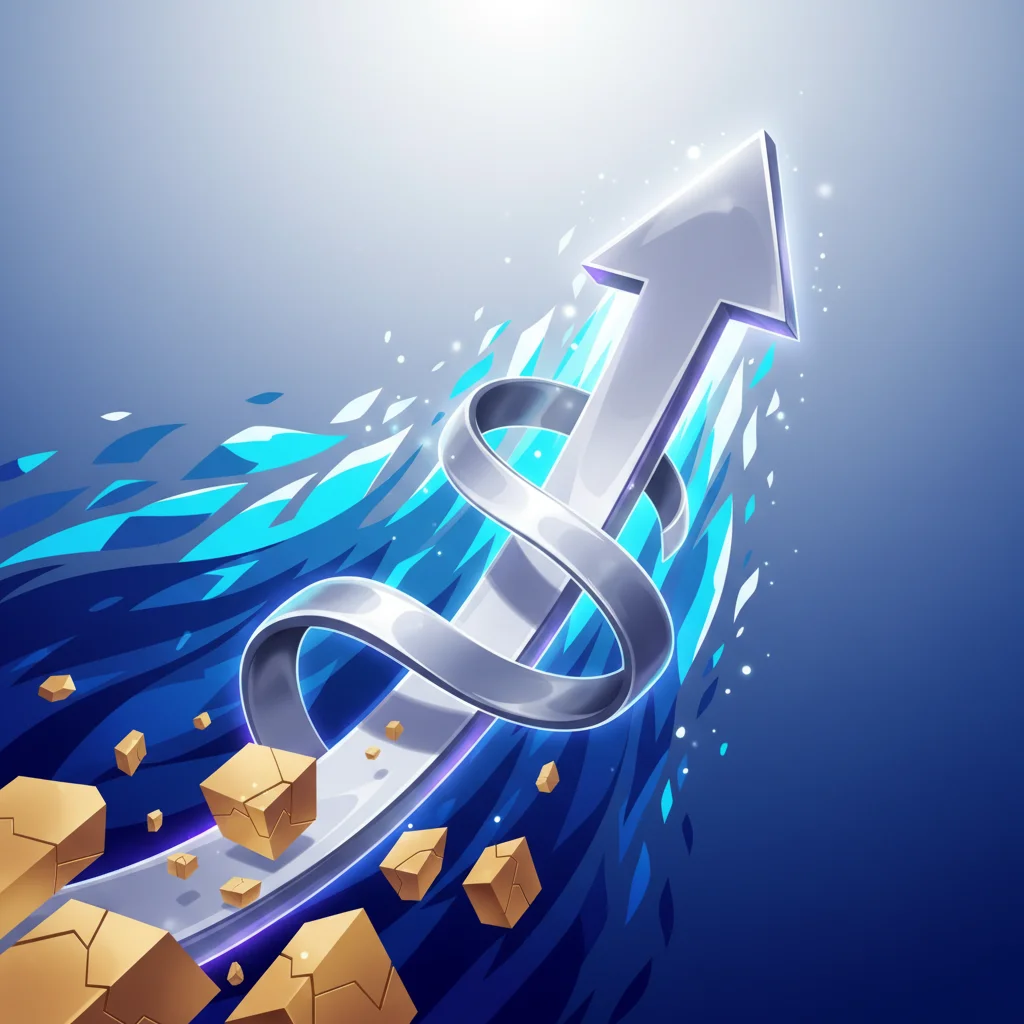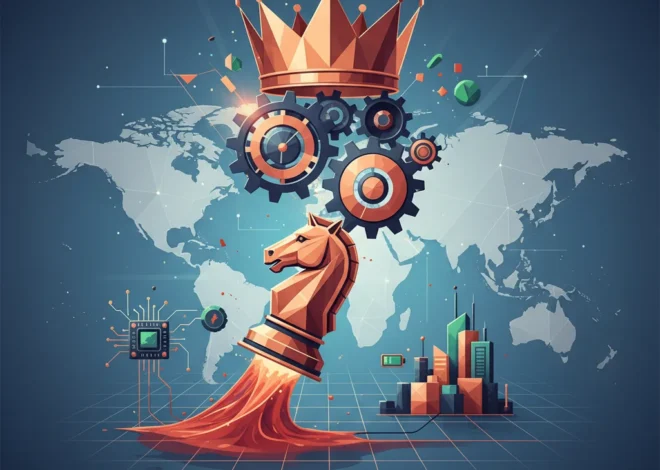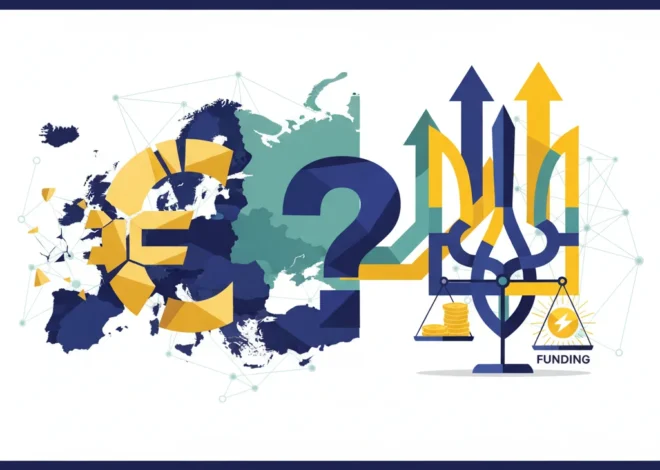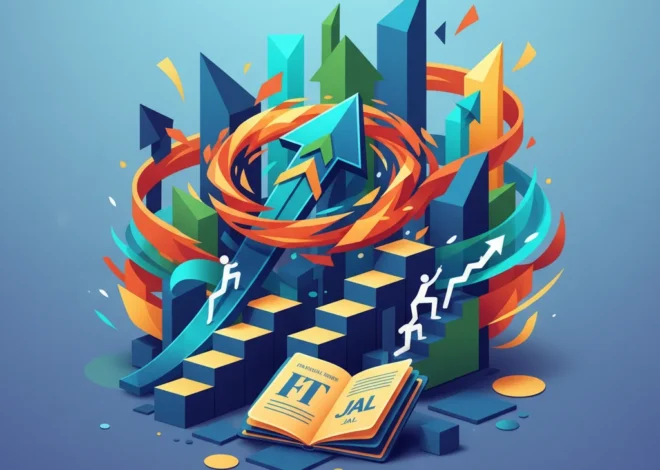
Silver’s Surge: Why the Forgotten Precious Metal is Outshining Gold
In the world of precious metals, gold has long worn the crown, capturing the headlines and the lion’s share of investor attention. But in 2024, a new challenger has entered the ring, and it’s shining brighter than ever. Silver, often dubbed “gold’s poorer cousin,” is staging a spectacular rally, not only hitting record highs but also significantly outpacing gold’s own impressive gains. This isn’t just a fleeting price spike; it’s a complex story driven by a perfect storm of industrial demand, investment fervor, and a notable supply squeeze in the heart of the global bullion market.
The recent price action has seen silver surge dramatically, a move that has caught many seasoned market watchers by surprise. According to a report from the Financial Times, the metal’s rally has been more pronounced than gold’s this year, signaling a potential shift in the dynamics of precious metals investing. But what is fueling this incredible run, and what does it signal for the broader economy and financial markets? Let’s delve into the multifaceted world of silver to understand the forces behind its record-breaking ascent.
The Tale of the Tape: Silver’s Outperformance in Perspective
To truly appreciate the magnitude of silver’s recent performance, it’s essential to compare it directly with gold. While both metals have benefited from macroeconomic tailwinds like persistent inflation and geopolitical uncertainty, silver’s price elasticity has resulted in a more explosive upward trajectory. This volatility is a double-edged sword, often leading to sharper downturns, but in a bull market, it can generate remarkable returns.
Let’s look at a comparative snapshot of the precious metals rally:
| Metric | Silver (XAG) | Gold (XAU) |
|---|---|---|
| Year-to-Date Performance | Significantly higher percentage gain (source) | Strong, but lesser percentage gain |
| Primary Demand Drivers | ~50% Industrial, ~50% Investment/Jewelry | Primarily Investment/Central Bank/Jewelry |
| Market Characteristics | Smaller, more volatile market | Larger, more liquid, less volatile market |
| Key Industrial Uses | Solar Panels, EVs, 5G, Electronics | Electronics, Dentistry (minor) |
This data highlights silver’s unique dual identity. Unlike gold, which functions almost exclusively as a monetary asset and store of value, silver is a critical industrial commodity. This dual mandate is the central pillar supporting its current rally.
The Industrial Powerhouse: More Than Just a Pretty Metal
The narrative of silver in the 21st century is inextricably linked to the global green energy transition and the relentless march of financial technology and electronics. While investors flock to it as an inflation hedge, a massive, non-negotiable source of demand comes from industry, which consumes over half of the annual silver supply.
The Green Revolution’s Silver Lining
The push towards decarbonization is fundamentally a push towards silver. It is one of the most conductive and reflective materials on the planet, making it indispensable for:
- Solar Panels (Photovoltaics): Every solar panel contains a significant amount of silver paste. As countries worldwide ramp up solar capacity to meet climate goals, the demand for silver is set to soar. This isn’t speculative; it’s a structural demand driver baked into global energy policy.
- Electric Vehicles (EVs): EVs contain nearly twice as much silver as internal combustion engine vehicles. It’s used in countless electrical components, from battery connections to window defoggers and advanced driver-assistance systems.
The Engine of Modern Technology
Beyond green tech, silver is a cornerstone of our digital world. Its superior conductivity is vital for everything from 5G network infrastructure to the intricate circuitry inside your smartphone, laptop, and countless other electronic devices. As the Internet of Things (IoT) expands and the world becomes more connected, the need for silver in high-tech applications will only grow. This robust industrial demand creates a solid price floor, differentiating it from other assets on the stock market that are purely driven by sentiment.
A Scramble in London: Physical Supply Feels the Squeeze
The recent rally isn’t just about demand; it’s also a story of tightening supply. The Financial Times article highlights a “scramble in the London market,” which points to a crucial dynamic. The London Bullion Market Association (LBMA) is the global hub for physical precious metals trading. A “scramble” here suggests that buyers are finding it harder to secure large quantities of physical silver bars to settle their contracts (source).
This situation arises when the demand for physical delivery outstrips the immediately available supply in registered vaults. For years, the silver market has been characterized by a structural deficit, where industrial and investment demand has exceeded new mine supply. This deficit has been filled by drawing down existing above-ground stockpiles. It appears we may be reaching a point where those stockpiles are becoming increasingly tight, creating logistical bottlenecks and putting upward pressure on prices. This disconnect between the “paper” price (from futures contracts) and the price for physical delivery is a classic sign of a stressed market.
The Gold-to-Silver Ratio: A Key Indicator Flashing Green
For those deep in the world of commodities investing, the gold-to-silver ratio is a vital barometer. This simple metric indicates how many ounces of silver are needed to purchase one ounce of gold. Historically, this ratio has fluctuated, but its long-term average hovers around 50-60.
In recent years, the ratio has often been elevated, sometimes exceeding 80 or even 90, suggesting that silver was historically undervalued relative to gold. When the ratio begins to fall sharply—as it has during this recent rally—it typically means silver is outperforming gold. Many traders and investors watch for a reversion to the historical mean. A falling ratio is often interpreted as a strong bullish signal for silver, indicating that the market is correcting this long-standing price discrepancy.
Macro-Forces and Monetary Value
Beyond its industrial utility, silver is still a monetary metal. Its rally is also being fueled by the same macroeconomic factors driving gold:
- Inflationary Pressures: Despite central banking efforts, inflation remains sticky in many parts of the world, prompting investors to seek hard assets that preserve purchasing power.
- Geopolitical Instability: Ongoing conflicts and trade tensions increase demand for safe-haven assets outside of traditional financial systems.
- Interest Rate Outlook: The prospect of central banks like the Federal Reserve eventually cutting interest rates makes non-yielding assets like silver and gold more attractive compared to bonds.
The rise of fintech and digital trading platforms has also democratized access to commodities. Retail investors can now easily buy physical silver, ETFs, or mining stocks, adding a new and often potent source of demand to the market. While not yet mainstream for precious metals, some innovators are exploring how blockchain technology could be used to tokenize physical silver, potentially improving transparency and efficiency in the settlement process in the future.
Implications for Your Investment Strategy
Silver’s powerful move presents both opportunities and risks. Its heightened volatility means it’s not for the faint of heart. However, for investors and finance professionals looking to diversify, it offers a unique proposition.
It acts as a hedge against inflation and currency debasement, much like gold, but with the added kicker of explosive growth potential tied to the most important technological and environmental trends of our time. Whether through physical bullion, ETFs like SLV, or shares in silver mining companies, exposure to silver is now a strategic consideration for any well-rounded portfolio. The key is to understand its dual nature and to size positions according to one’s risk tolerance.
In conclusion, silver’s moment in the sun is no accident. It is the culmination of years of growing industrial demand, a persistent supply deficit, and a favorable macroeconomic backdrop. By outperforming gold, it is reasserting its historical role as both a vital industrial commodity and a store of monetary value. The scramble in London may just be the opening act in a much larger story of silver’s global repricing.


